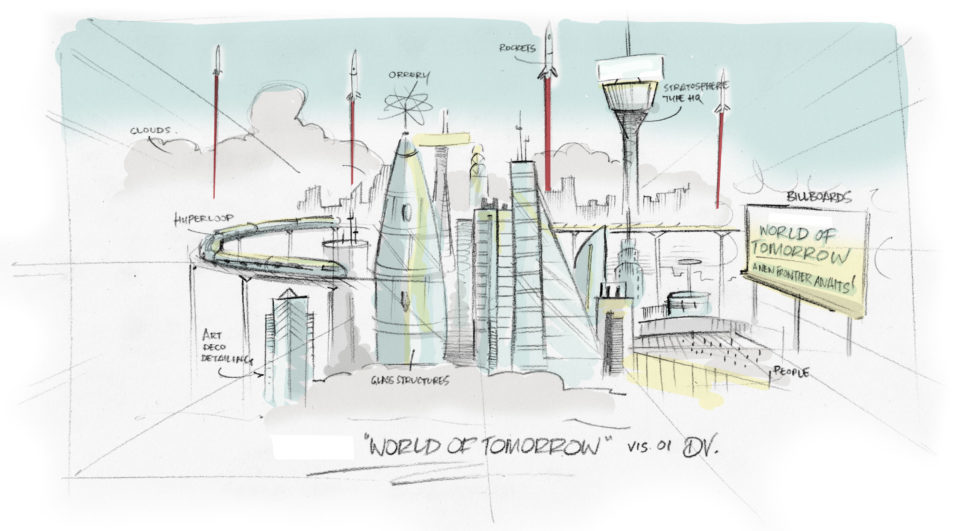With the plethora of video types available, it is difficult to know what will best suit your business needs. Here we look at the two most popular video styles, animation versus live action for business.
Video is incredibly versatile, from tutorial pieces to event teasers, it is increasingly being utilised as a tool to communicate information. Given how effective it is, having video included in your content plan is becoming less of a luxury for businesses and more of a necessity.
When it comes to selecting the most appropriate type of video for your business, it is worth weighing up what these two video types offer, what is involved in creating them and how they might best fit your needs.
Live-Action
Live-action can be highly effective for showing the inner workings of your company and brand by introducing key faces and adding a human element to your business.
Depending on what you are trying to show, live-action can be the fastest, cheapest option. With the growing quality of phone cameras, simple snaps and short videos can be taken at a moment’s notice, and quickly edited for posting on social channels.
Live-action tends to be more emotive and more human as the audience is introduced to real faces and locations. Testimonials are a key example of this, whereby real customers speaking about their experiences can quickly build trust in your brand.
Promoting tangible products is another example of this, as it is often best to showcase them in a real, working environment. However, when it comes to making amends, there is more difficulty in making changes to live-action videos once the footage is shot. Where phrases are missed, or footage is not recorded, the limitations of not building everything from the ground up become more apparent. There are often workarounds, but these are expensive, time-consuming and not always seamless.

Animation
Animation videos can be high impact, punchy and express abstract concepts that would be otherwise difficult and even impossible to show on screen.
When getting across complex concepts, animation is easily the most effective option. Internal tutorial videos to educate staff on how to use new software can save large companies a fortune in training costs and can cause high information retention rates.
TEDTalks are a great example of how animation can convey concepts that are otherwise difficult to convey;
“What is consciousness?” would be an extremely difficult, and potentially very dry live-action video, and even more difficult to comprehend in text form. The potential for audiences to lose interest focus would be very high, but in this engaging animated video, it easily retains the interest of its audience and makes a complex topic much more accessible.
We have utilised this in our internal explainer videos for Inovyn to portray key company values and complex concepts such as “What is innovation?” and other videos on the company’s challenges, and also how they plan to tackle those.
Whilst the initial building of the video may be more time consuming and require more planning, once the video is built it becomes a lot easier to edit in post-production than live-action.
In addition, one benefit of animation is that they don’t require actors or filming locations, sets or props and can save you money, time and energy.
In terms of information retention, although video dramatically outperforms images and text, not all video is equally created. Animation video has a higher information retention rate, making it a fantastic tool for ensuring your audience both understand and recall your message.
So when it comes to deciding between the two video forms, it completely depends on your needs, requirements, and budget.
View our portfolio here or get in touch to chat through your brief in more detail!


